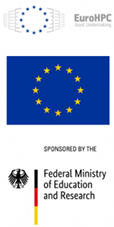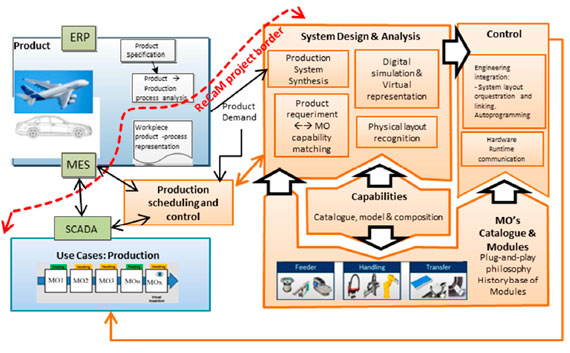OPTIMA
Optimizing Industrial Applications for Heterogeneous HPC systems


High Performance Computing
In order to support the growing demand for processing power from emerging HPC applications, in an energy-pragmatic wrapper, future HPC systems will incorporate accelerators. One promising approach to this end is the use of field-programmable gate array (FPGA) boards. These devices can be reconfigured at will to customize application accelerators, offering the key advantages of energy efficiency and/or performance, which, in most cases, is far superior to that of CPUs and GPUs. Applications and libraries are expected to run on these heterogeneous HPC systems with significantly greater energy efficiency, as described by the Energy Delay Product (EDP) metric. Specifically, the EDP of OPTIMA applications and libraries running on focused FPGA-based HPC systems should be more than ten times better than that of CPU-based systems and more than three times better than that of GPU-based systems.
OPTIMA is an SME-led project that aims to harness and optimize several industrial applications and a set of open source libraries. These will be used in at least three different application domains on two new HPC systems populated with FPGA integrated circuits and using several innovative programming environments.
OPTIMA’s main outcomes will be:
OPTIMA will deliver the efficiency of FPGA-based technologies in several industrial applications; thus, European industry will benefit from a new class of HPC resources featuring state-of-the-art advancements and truly innovative solutions. These solutions will exploit the new heterogeneous HPC systems and facilitate access to and use of these resources by turning them into an affordable service for everyone from SMEs to large organizations.
EnginSoft is responsible for the specifications for all the applications and for the Lattice Boltzmann methods (LBM) in computational fluid dynamics (CFD) domains.
This method models fluids with dummy particles that perform propagation and collision processes on a discrete lattice mesh. LBM offers advantages over traditional Navier-Stokes equation solvers in the form of exceptional scalability, robust treatment of complex constraints, and the ability to perform larger time steps.
The LBM code used is a general-purpose fluid dynamics solver optimized for modern multi-core processors, particularly graphics processing units (GPUs). The solver is based on the Lattice Boltzmann Method, which is conceptually quite simple to understand and which scales very well over increasing computational resources.
The OPTIMA project will port the code to, and deploy it on, FPGA systems to accelerate the solution and leverage multi-FPGA systems.
TSI | CYBERBOTICS | FRAUNHOFER | EXAPSYS | ICCS | M3E | MAXELER | JULICH | ENGINSOFT | APPENTRA
This project has received funding from the European High-Performance Computing Joint Undertaking (JU) under grant agreement No. 955739.
The JU receives support from the European Union’s Horizon 2020 research and innovation programme and from Greece, Germany, Italy, the Netherlands, Spain, Switzerland.

33 months
March 2021 – November 2023
TSI (Greek Telecommunication Systems Institute)
Gino Perna – Marisa Zanotti
10
by Marisa Zanotti | EnginSoft
Futurities - Summer 2024
The OPTIMA project is a EuroHPC JU-funded project that aimed to optimize and transfer industrial applications on HPC systems using FPGA technologies.
The project developed an FPGA-based chip that allows for the optimization and transfer of industrial applications on HPC systems, reducing power consumption and promoting sustainable supercomputing. The project achieved significant results, including the development of the OPTIMA Open Source (OOPS) library, which includes 31 hardware components to support fundamental linear algebraic operations and CAE problem-solving methods. The library enhances raw performance for scientific algorithms and promotes high energy efficiency.
The project also demonstrated remarkable results in tests on hardware prototypes, including doubling the speed of the preconditioned conjugate gradient algorithm and achieving 3.4 times faster robotics simulation, 4.7 times faster CFD, and seven times faster basic mathematical operation compared to standard HPC software.
Read the article
Some of our competences in research and technology transfer

Research project
DigiPrime will create and operate a federated model of digital platforms by developing reliable data sharing mechanisms and preserving the confidentiality of business-critical data, governed by smart contracts and using block-chain tracking.

Research project
The ReCaM-project demonstrates at TRL 7 a set of integrated tools for the rapid and autonomous reconfiguration of agile production systems
Research project
The ISAF – Integrated Smart Assembly Factory – project was created to address the problem of joining two or more large parts/structures made of composite materials and therefore affected by the natural variability of the manufacturing process. The variability creates empty space (“gap”) between the parts of the joint .